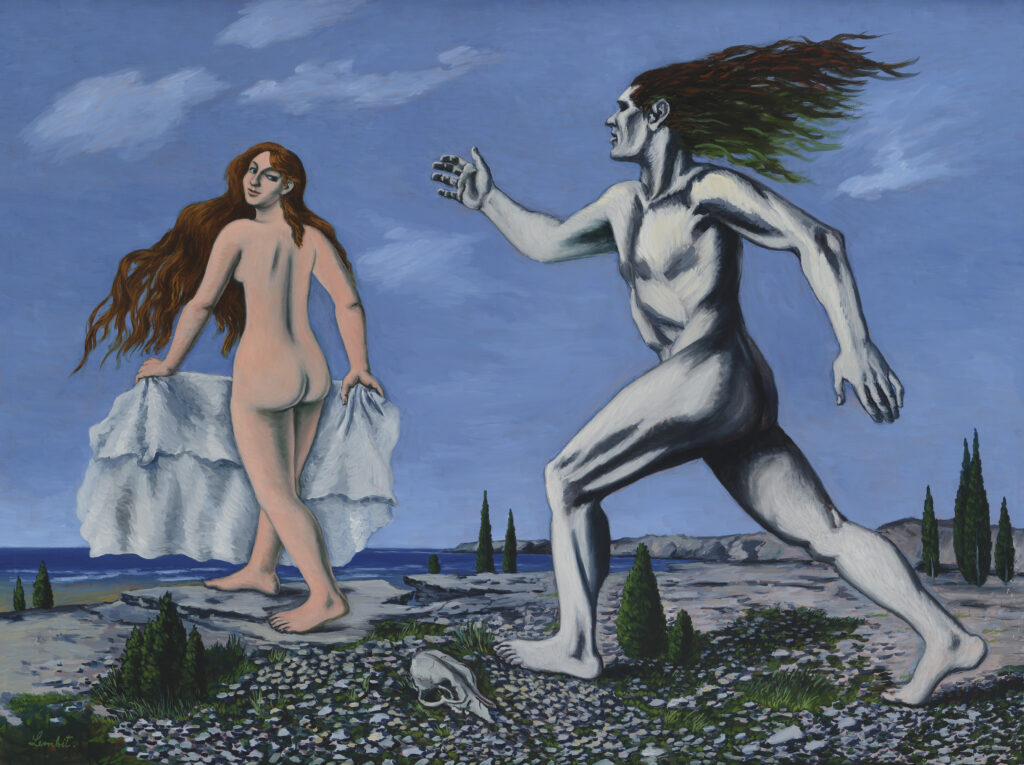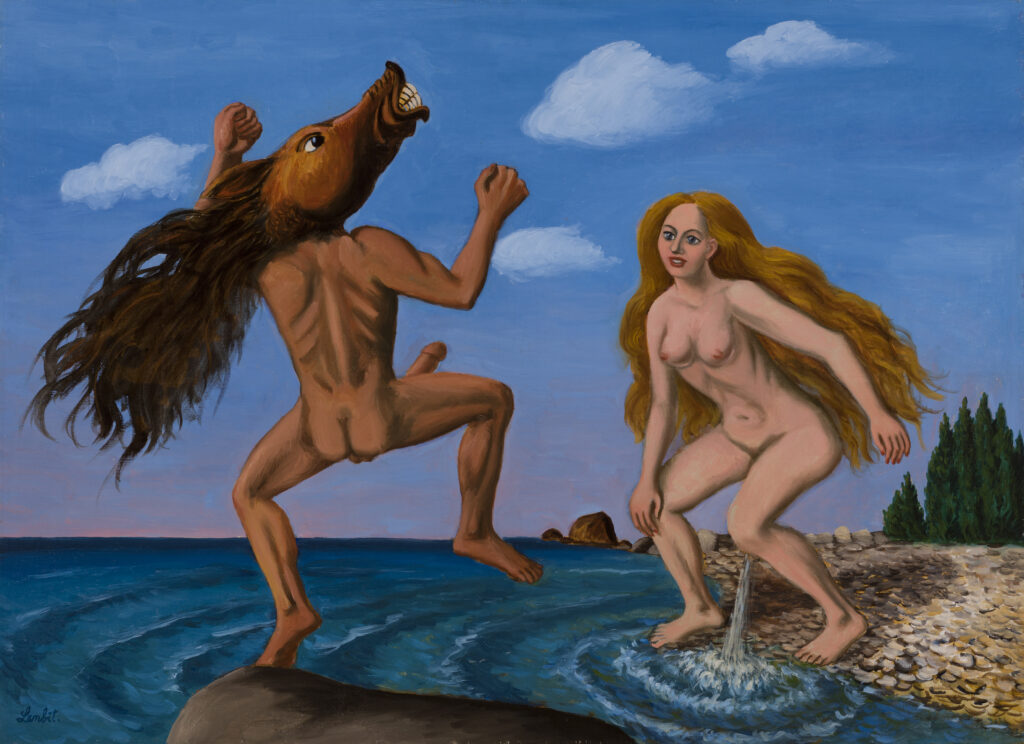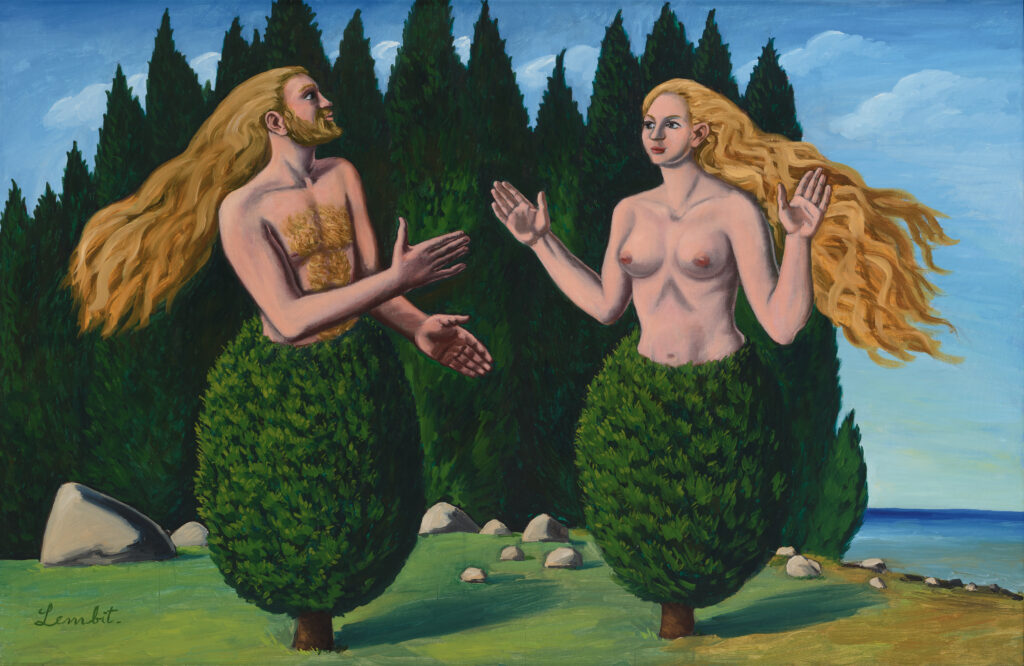Lembit Sarapuu, an Estonian artist known for his distinctive style and mythological themes, opens a comprehensive solo exhibition, “Reality and Actuality”, showing his works from 1961 to 2021, at the Kumu Art Museum in Tallinn on 29 April.
The exhibition provides comprehensive insight into the artist’s work during the last six decades. In total, more than 130 works are included in the exhibition, with the oldest dating back to 1961 and the newest completed in 2021, the art museum said.
“During his 60-year career as an artist, the unique and expressive painting style of Lembit Sarapuu, born in 1930, has been associated with naïve art, the transavantgarde and postmodernism. The period in the late 1980s and early 1990s when Estonia regained its independence can be considered the apex of Sarapuu’s creative career. At that time, his works based on mythological subjects, and in particular his paintings based on motifs from the Estonian national epic Kalevipoeg, appealed to a broad audience, and secured him an important place in the context of Estonian art,” the Kumu Art Museum said in a statement.

“Sarapuu’s works range from simple landscapes, nudes and portraits to sexual, brutal and grotesque mythological plots, with allegorical, ironic and witty images of everyday life and human existence in the middle. He has interpreted his work as being a fluctuation between the reality of life and the actuality of life, from which the title of the exhibition is derived,” Anders Härm, the curator of the exhibition and an art historian, noted.

A pathway to escape the official canon
Sarapuu entered the Estonian art scene in the first half of the 1960s at the relatively mature age of thirty, after a short military career and graduation from the State Art Institute of the Soviet-occupied Estonia in 1961.
He was a member of the same generation as the Estonian artists Enn Põldroos and Olav Maran, but he was also associated with younger artists. However, it was naïve art and Early Renaissance art that provided him with a pathway to escape the official canon.

“In the Sixties, Sarapuu briefly experimented with the ‘harsh style’ and, a little later, with Sooster-like (a reference to the Estonian artist, Ülo Sooster – editor) surrealism, but decided on his own personal, and quite lonely, path of deviation from the official line of Soviet art,” Härm explained.

Kadi Polli, the director of the Kumu Art Museum, said she was pleased that Sarapuu’s work “has received the exhibition and documentation that it deserves”. On 29 May, the museum will also organise a special Sarapuu-themed “art walk” that is conducted in English.
The exhibition will be open until 18 September 2022.

